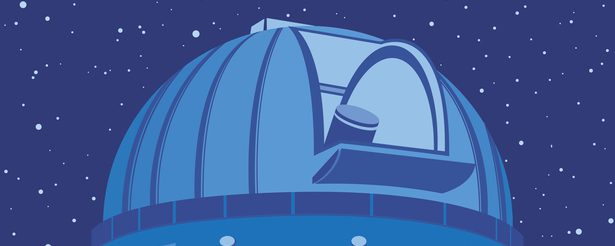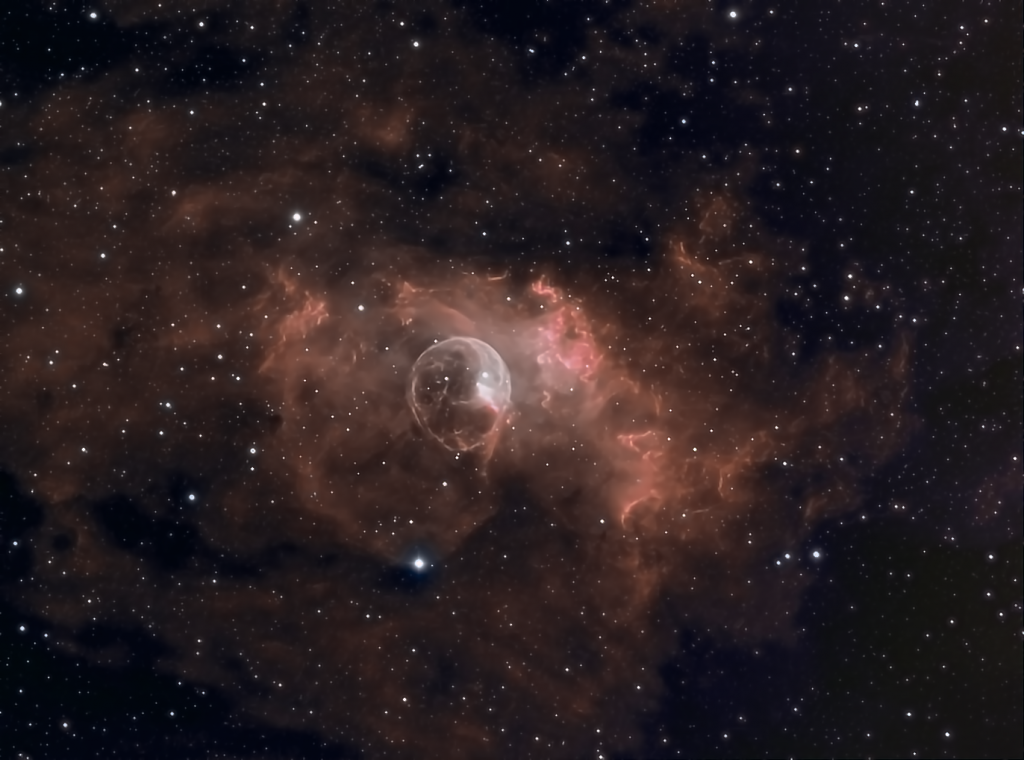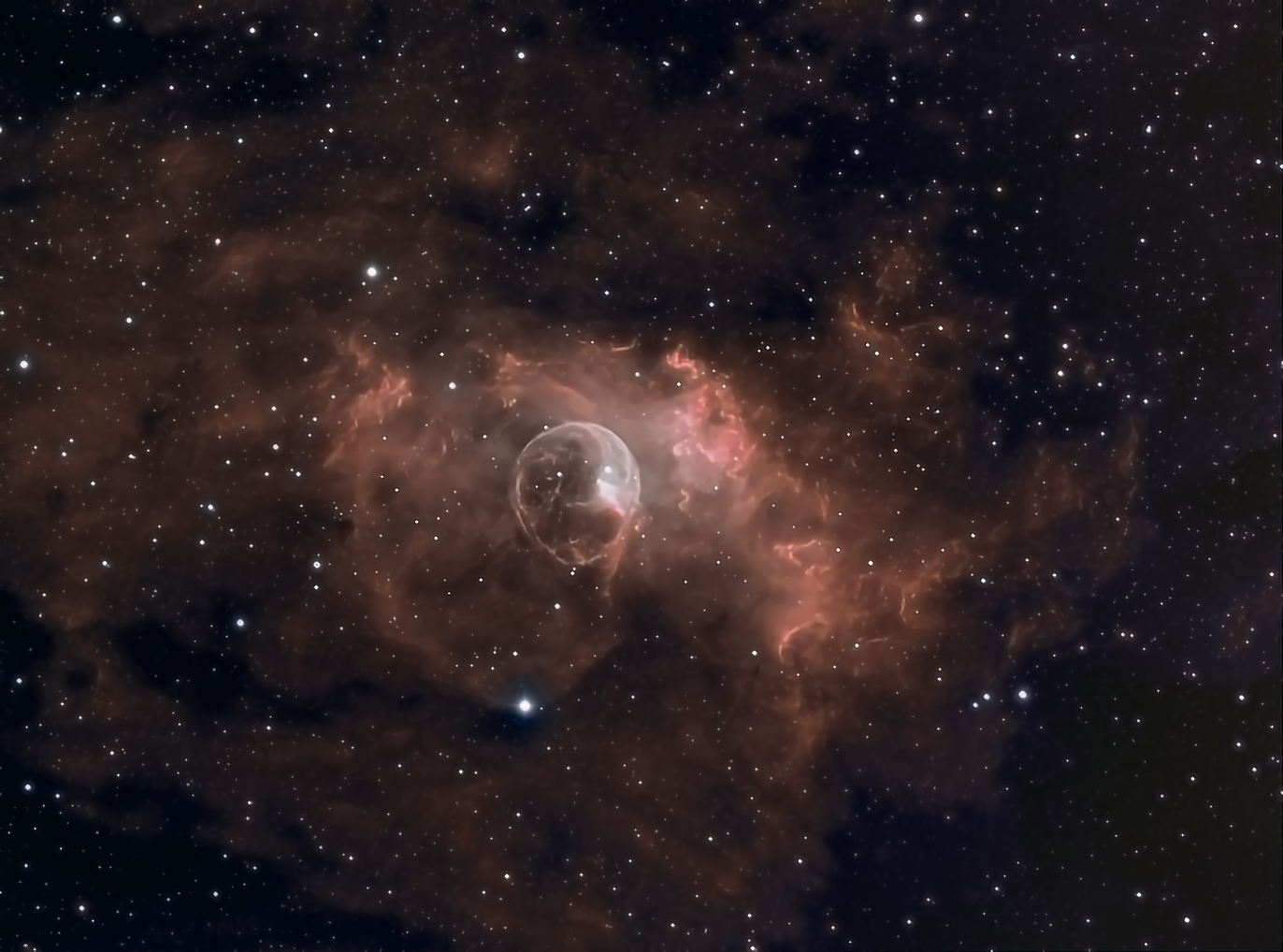
Similar Posts
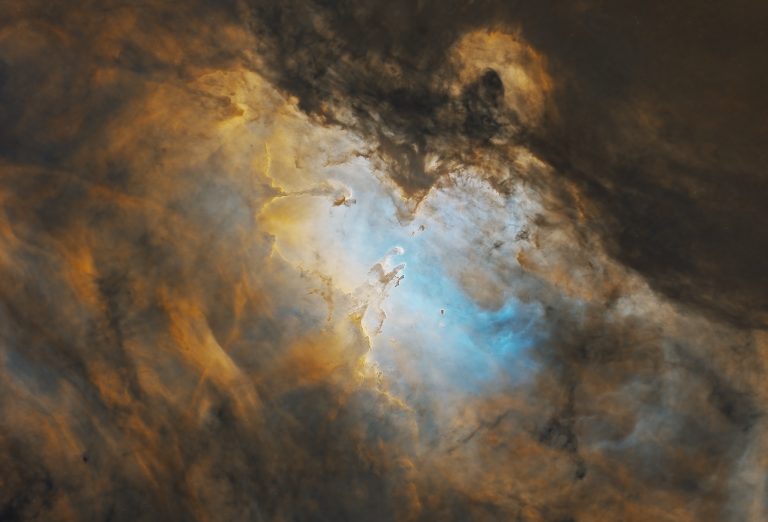
The Eagle Nebula – sans stars
This image was something of a happy accident – I spent a night capturing narrowband data on M16, the Eagle Nebula (home of the famous “pillars of creation”.) Of course I had to try reproducing the iconic Hubble image as best I could, but the color palette they use results in big, ugly, magenta-colored stars….
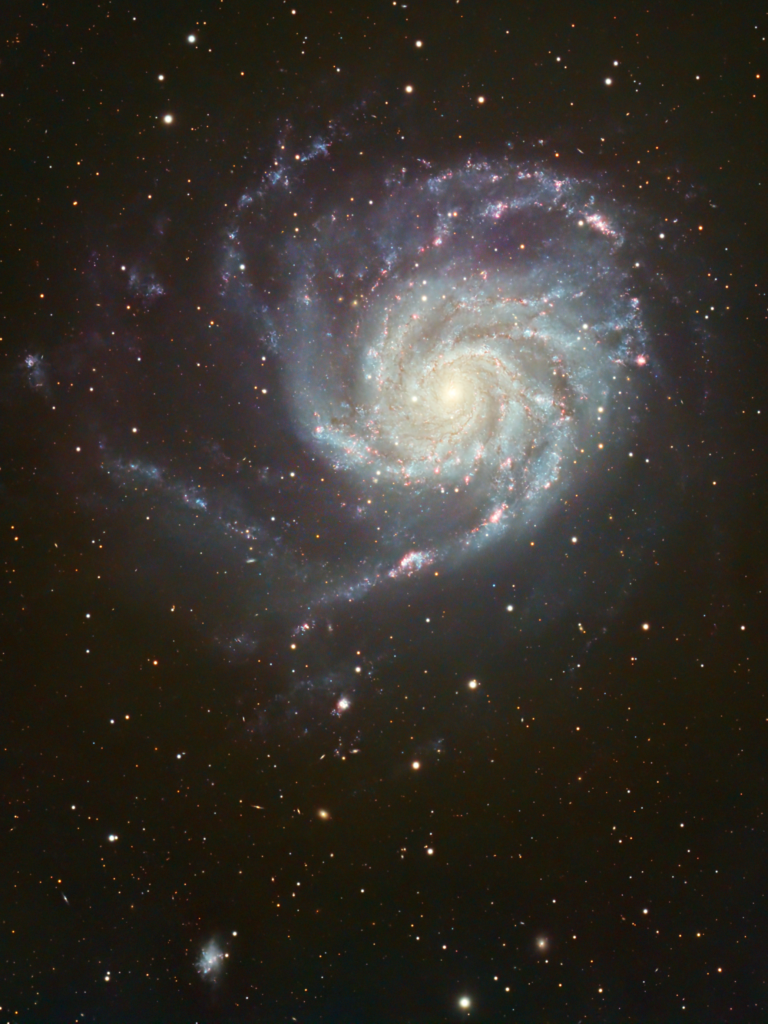
Revisiting the Northern Pinwheel Galaxy (M101)
Somehow I’ve neglected to go back to one of the showcase galaxies of the spring sky with newer equipment and software: M101, the “Pinwheel Galaxy.” Located about 21 million light-years away within Ursa Major, this relatively close galaxy shows lots of active star-forming regions revealed by red HII gas. Those red spots are nebulae in…
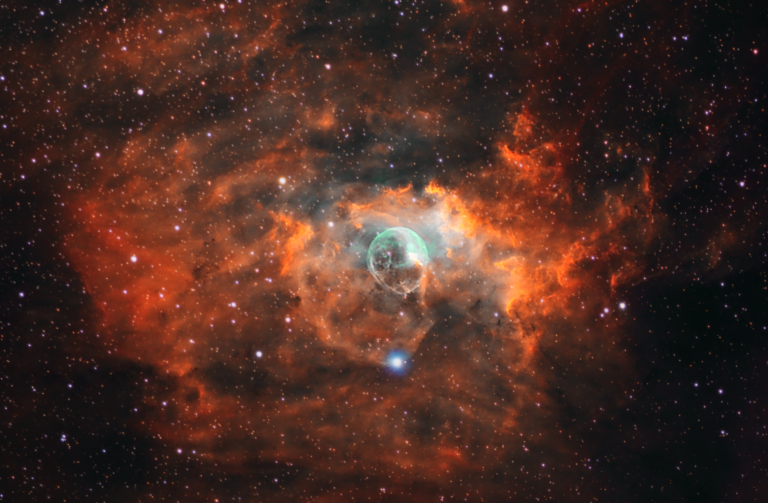
The Bubble Nebula, take… whatever
Every year I try and do a better job of capturing and processing the Bubble Nebula in Cassiopeia. Here’s this year’s attempt. The Bubble Nebula is one of my favorite objects. Not only is it interesting scientifically (the bubble is the stellar wind of a hot O-type star blowing away the surrounding gases,) it’s also…

Light pollution: dealing with it.
(Image credit: ddmitr, iStockPhoto.com) Every picture on this site was taken from a suburban driveway in a “red zone” on the light pollution map, literally underneath a streetlight. Every year more subdivisions and apartment buildings spring up in my city, and light pollution from the metro Orlando area just keeps getting worse. There are four…
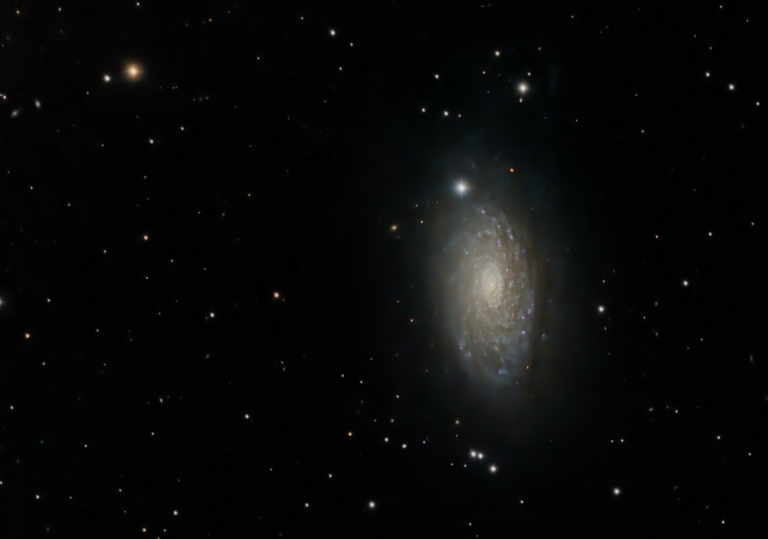
The Sunflower Galaxy
Officially called M63, this spiral galaxy about 30 million light-years away is part of the same group as the Whirlpool Galaxy.
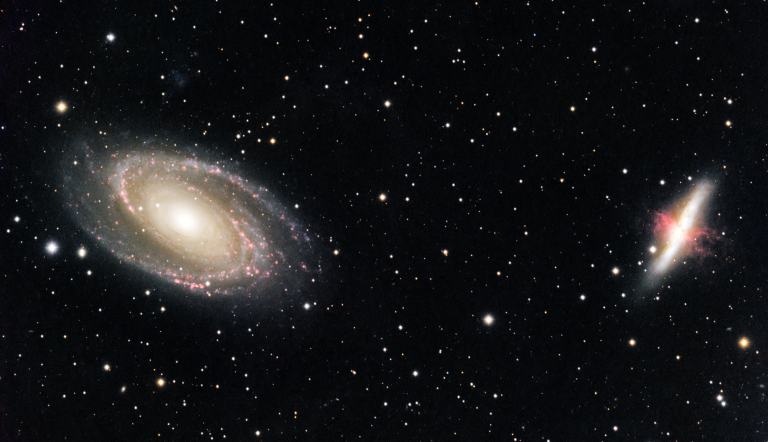
Bode’s Galaxies (Again)
Seems I revisit this pair of galaxies, 12 million light-years distant, every year. Although they are close and bright as galaxies go, they are challenging targets for imaging – especially if you are trying to pull out the faint jets spewing out of the Cigar Galaxy on the right. This image represents over 25 hours…
